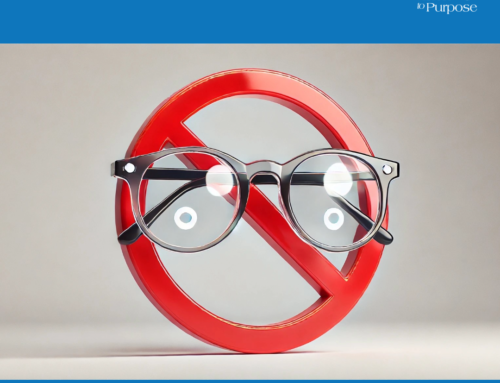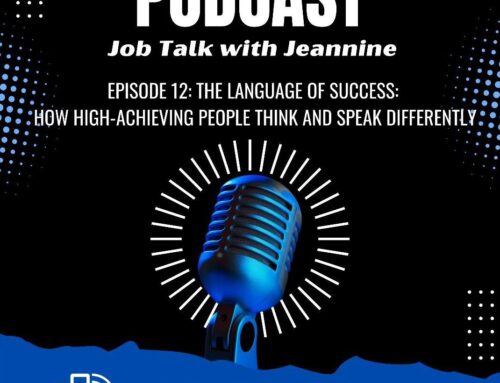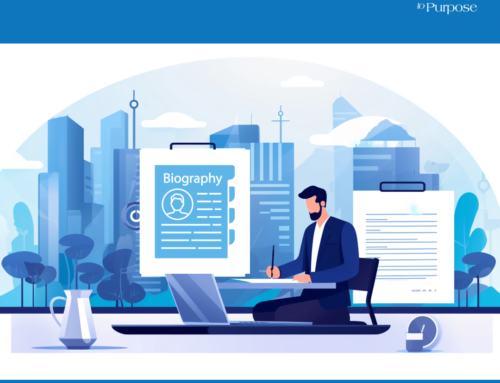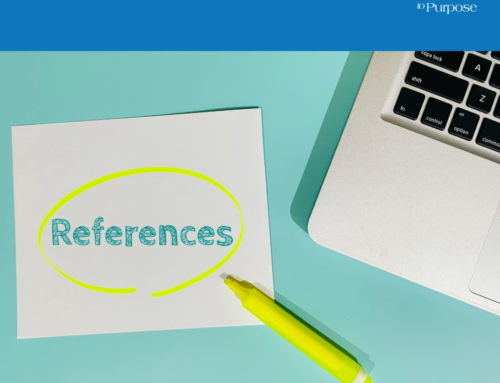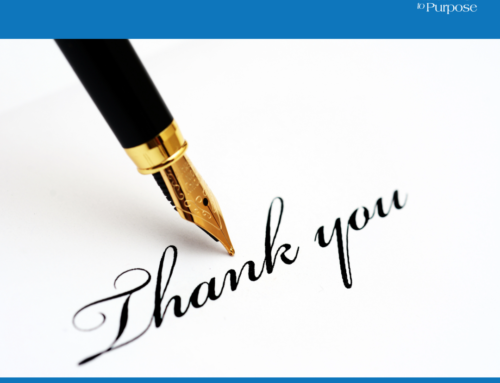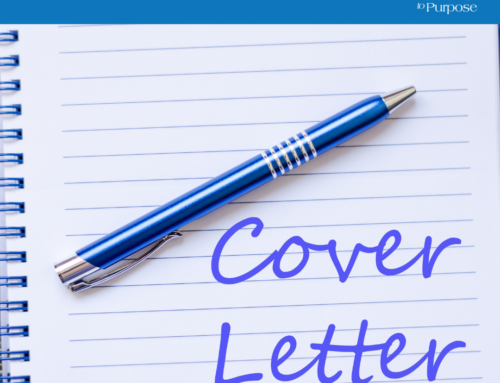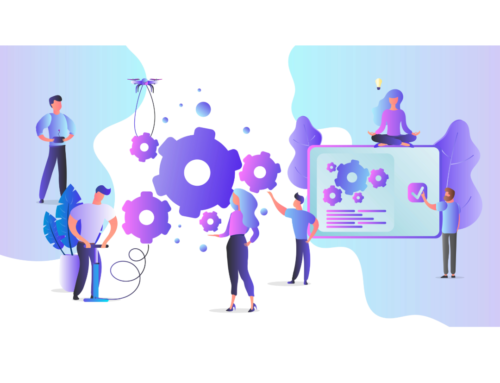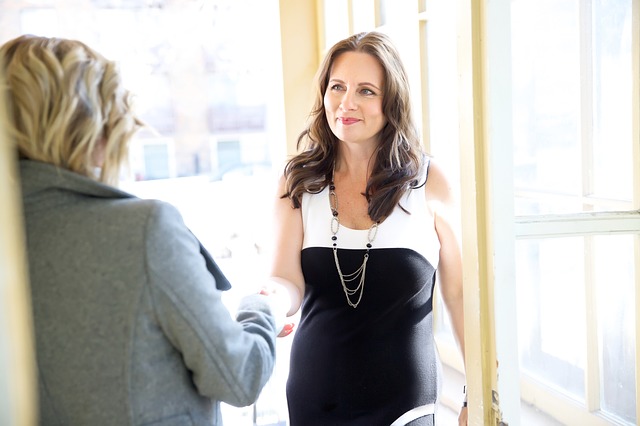
Hearing What is Not Said in an Interview
Over the years, I have enjoyed studying people and how body language is used to convey a non-verbal message. In my profession, a critical component of the job is the ability to read people, and make no mistake, a lot is communicated through people’s expressions or gestures. As Peter Drucker said, “The most important thing in communication is hearing what is not said.”

Funny thing is, we are all experts in using body language we just aren’t great at reading it. Sure, we know pursed lips and a scowled face likely indicates anger. We also know someone with a big smile is probably happy. Expressions such as these are universally accepted. What is harder to determine is if someone is lying. How great would it be if we could decipher someone’s true thoughts or feelings simply by watching them? Well, I’m here to say you can. In fact, nonverbal communication also called kinesics is so valuable it is heavily utilized by the FBI, police, and military during interrogations and investigations. Why? Because every “BODY” is saying something. So, you might be wondering, why is this important for me, the job seeker? As a career coach I want you to land that next job. To get that job, you must make it through an interview. There is a lot of valuable information conveyed with nonverbal cues in that setting. Let’s look at the interview process.
INTERVIEW:
You have accepted the interview and are excited about the potential of getting the job. You are a bit anxious about the interview, but you believe you have done everything right. You have done your interview prep work, have all your materials ready should the interviewer request something, and are dressed professionally. You head out the door. You arrive 10 minutes early for the interview, and are polite to the receptionist while checking in. Now, you wait. As you sit waiting for the interview to begin, you mentally prepare for any questions that may arise. At that moment, situational awareness should kick in and you should start noticing body language. Truth is, the biggest part of the interview happens before it even begins. You should start by paying attention to the interviewer’s actions. Here’s what you should watch:
- As you enter the interview room does the interviewer make immediate eye contact, wave you in with an open hand and a smile? Yes! This is a good sign. The interviewer is genuinely pleased you are there and open to hearing what you have to say.
- As you enter the interview room does the interviewer avoid eye contact while remaining firmly back in their chair with arms crossed and lips tightened on one side? Yes! This is an indicator the interviewer is merely going through the motions. The interviewer does not want to be there and will not be open to hearing anything you have to say. Most common reason tends to be that he/she may already have another candidate in mind and is simply fulfilling a requirement.
Individually or collectively, nonverbal clues provide insight into the person’s mood which can help you navigate the interview with better results. Here are additional things to watch as you go through the interview. The interviewer:
- Stops taking notes = I’m bored with you
- Smirks or raises an eyebrow = I disagree with you
- Reads your resume the entire interview = I don’t want to be here
- Mirrors your body language = I am interested in what you have to say
- Nods or tilts head forward slightly = I agree, I like where you are going
- Repeats phrases = I agree with your response
Conversely, you must also pay attention to what messages your nonverbal cues are conveying. As you prepare for an upcoming interview I offer the following tips:
- Handshake: The handshake is often how many interviews begin. Strive to engage the other person’s hand firmly without applying to much pressure. Also, avoid trying to demonstrate your strength by squeezing so tightly you hurt the other person, but also avoid a limp handshake. Tip: if you have sweaty palms, consider keeping a tissue or handkerchief in your pocket.
- Facial Expressions: When walking into the room, acknowledge the interviewer(s) with a smile. This conveys you are happy to be there and appreciate the opportunity
- Posture: Sit upright in your chair with proper posture. This conveys the message you are comfortable and feel confident. Alternatively, slouching in the chair could be a signal to the interviewer that you are unprepared or sloppy
- Eye Contact: Make eye contact without making them or you feel uncomfortable. Do not stare continuously in their eyes and avoid rapid eye movements darting all over. Eye contact says your confident. Staring continuously makes people want to depart quickly.
While nonverbal communication has much more to offer, it is my sincere hope these tips will help you feel more confident in the interview and land you that dream job. If you have any other insights or personal experience you would like to share I encourage you to do so by replying in the comment section.
As always, I am cheering for you!
~Jeannine
Dr. Jeannine Bennett is the founder and CEO for Vision to Purpose, an organization dedicated to helping individuals and businesses succeed through the offering of tailored career, life and business solutions.
Need a resume writer? How about a career coach? Perhaps a business consultant? Look no further, Dr. Bennett and the Vision to Purpose team can help! You can learn more about Dr. Bennett and Vision to Purpose by visiting www.vision2purpose.com.


